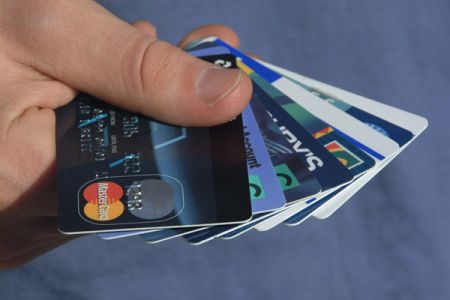
How do you attract positive attention and draw a sizeable crowd to you?
This is a question I ask myself when I did my first book talk in KL. Unfortunately, I could not find any credible or relevant information that answers this burning question of mine. In times like this, I improvise.
The good news is some work and I will like to share them with you.
Here are the workable ones that have been refined after three book talks.
1. A crowd attracts a bigger crowd… hire groupies if you need to
People are naturally curious. So if they see a crowd (about 5-10) standing, with their full attention on you, they will check it out.
Most of these people will stay for about 30 seconds to assess if your talk is relevant or interesting enough for them to drop their agenda. If you want to play safe, I encourage you to “hire” a crowd. Gather some of your friends and fans. Make sure they report on time. Get them to rally together. Each time someone passes by or stops, have them give a warm smile to the person and invite him/her to join in. This has proven to work wonderfully well!
2. Location, location, location!
Pick a place where you have a lot of open space. This way, you are highly visible.
When we were in KL, the first day turned out was much better than the second day even though the second bookstore was a bigger one. Here’s why. In the picture above, you notice we were right smack in the middle of the bookstore. Judging from the density of the crowd, most of them walks in from the right (of me). I even have a friend who will stop these people and invite them to sit in.
However on the second day, we have this really HUGE waterfall blocking us (to the left of the picture).
Hence we only have a crowd on the far right and we miss about 50% of the people in the bookstore. Plus, the talk was held in the quadrangle which creates an invisible barrier. People who are not in the quadrangle will think it is a scheduled talk and avoid it. This is why the crowd size did not increase significantly compared to the first day.
3. Let ‘em do the talking
Make sure you have a lot of activities that get your audience talking and mingling. Firstly, this creates buzz which attracts people. Secondly, it allows the audience to interact with one another which makes the whole environment friendlier. So what you get is a friendly buzz that naturally draws people in.
Getting my listeners up to talk works like magic. It’s usually normal to see someone in suit talking since people will assume he has been hired. However to see a shopper speak, now that is something you don’t see everyday. So in your talk, find as many opportunities as you can to have pockets of your listeners up on stage or make sure you have a lot of activities where they get to interact with one another.
4. Use the “S” word
The word SECRET and SUCCESS seems to have an effect on the audience. Each time I say something along the line of “Let me tell you a secret…” or “Here are three tips on how to be successful…”, you will hear a pin drop. Everyone will keep really quiet. Even the kids. Passer bys will deliberately slow down so that they can eavesdrop into the million dollar secret that you were about to share.
The lesson is simple – make it exclusive.
5. If need be, pay them to laugh at all your jokes and clap at opportune times
Laughter and applause are your two best weapons in drawing crowds. In a short 60 minutes, I have about 8 stories planted in my talk. And each of them are intentionally funny. Some even require audience participation. For example the analogy about swimming and public speaking.
So if you are going to give a talk to an open crowd, make sure your speech has about 80% stories, 20% tips. Stories are naturally engaging so it becomes your magnet in pulling a crowd. After you finish your story, land them with a power point or a valuable message, that will keep them staying. Repeat the formula and you will have 10 soccer teams eating out of your hands in no time.
Here are other miscellaneous pointers on drawing an attentive crowd.
Don’t just address the crowd. Make sure you talk to passer-bys too. Catch their eye and speak to them as if they are meant to be listening to you. I guarantee you that they will stop and listen, at least until they find you boring or irrelevant to their needs.
Have a whiteboard with big words on it. Mind maps work well too. When passer by walks past, they will be curious enough to check out what you have written and since it is hard to walk and read at the same time, they will linger for a while.
Final note: Even if you have just one listener, hide your disappointment. It’s ok. Really. On the bright side, you won’t be suffering from aerobic effects of public speaking… and if you keep at it, you will start to draw a crowd. Why? Coz’ people are curious. They will be wondering why are you speaking to only one person. Why is that one person so focused on you? Is there something that they are missing out on? And before you know it, you have ten, twenty people clamoring for your attention.
Final final note… I am going to assume here that you have SOLID content that (1) resolves your audience’s top three frustrations or challenges and (2) bring them one step closer to their wants and desires.
Good luck with your next public appearance!
![]() Eric Feng is the go-to guy if you want to learn how to impress your investors and customers through public speaking. For more tips and tactics that you can use immediately in your next presentation, visit The Public Speaking Blog.
Eric Feng is the go-to guy if you want to learn how to impress your investors and customers through public speaking. For more tips and tactics that you can use immediately in your next presentation, visit The Public Speaking Blog.









